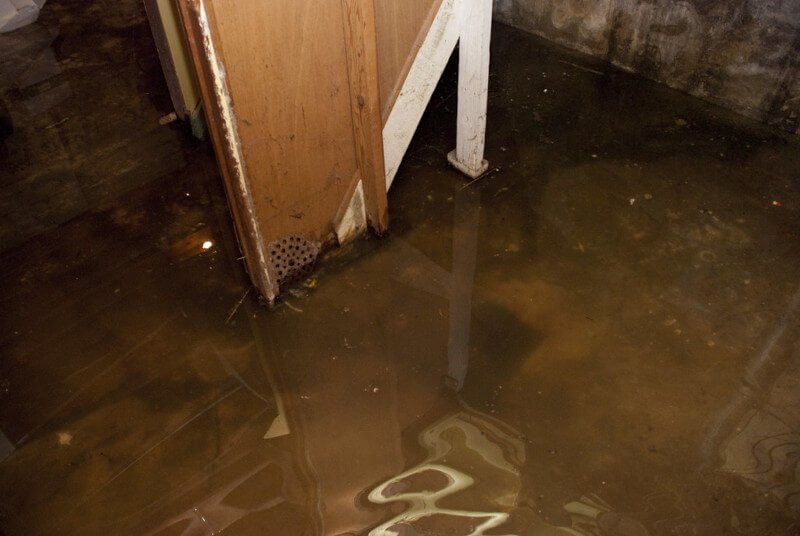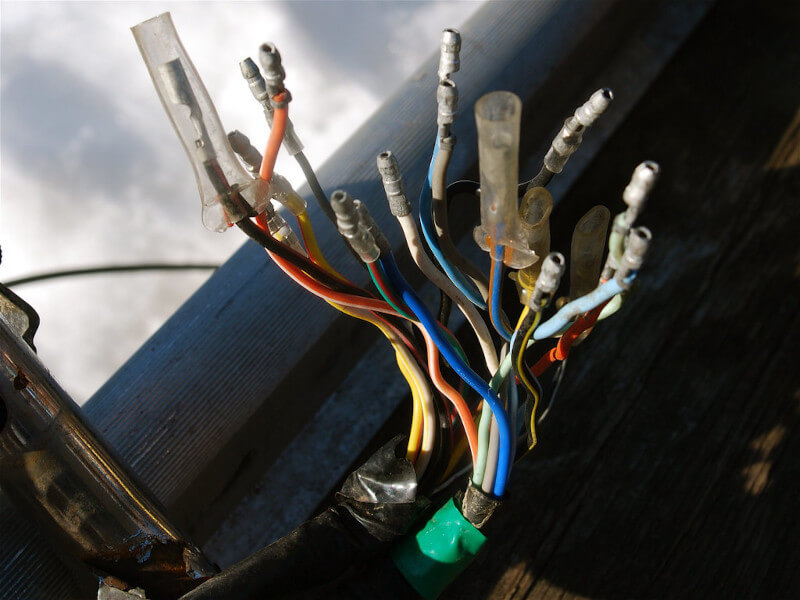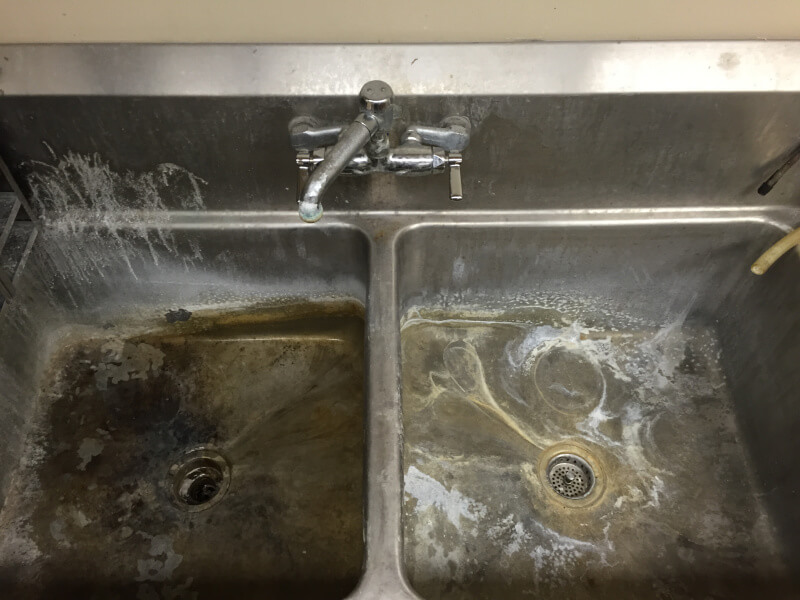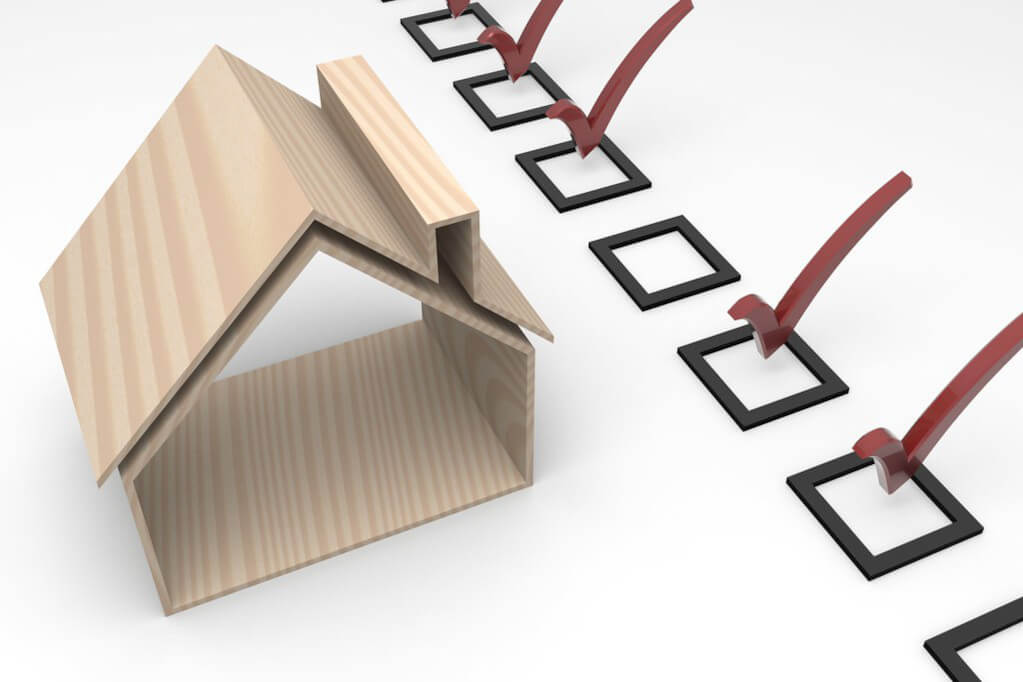Do-It-Yourself Home Inspection for New Homeowners
When you are making plans to buy a new home, the most crucial thing you can do is to take your time and make certain that the house is the one you want. An inspection of the household is essential for assessing both its value and whether or not it is safe to live in.
Because there is a shortage of home inspectors, their services can be prohibitively expensive due to the law of demand and supply. If you simply adore the household but lack the opportunity to wait for a home inspection, you can use these fundamental guidelines to evaluate the home. Throughout a home inspection, the plumbing, electrical, as well as heating, and cooling systems, are the most important aspects of your property that should be inspected.
Liquid on the Basement Floor

Great news: you can skip this step if the house you want to buy does not have a basement. Otherwise, continue to the next one. Discovering water on the floor of the basement is the initial indication that there is a problem. This is something that is easy to spot but has the potential to cause a significant amount of damage in the future. Before making a deal on the house, it is important to determine where the water comes from.
The majority of houses across South Africa have some level of water damage. Mold and fungus thrive in conditions where there is a constant supply of condensation and stagnant water. Certain types of mold can pose significant health risks to both people and their pets. If there is water on the floor of the basement, this may indicate that there is a problem with the pipework, walls, windows, or air-conditioning systems in your home.
You Should Begin by Checking the Window as the First Thing
There are times when the windows in the basement aren’t appropriately secured, and water gets in whenever there is a storm. To one’s relief, resealing a window can be accomplished in a manner that is both straightforward and economical.
The issues may lie with the plumbing system if there are no obvious signs of water damage in any of the windows. Homes that have plumbing equipment that is more than a few decades old are more likely to experience pin-hole leakages or even bursts. This is a problem that needs to be looked into as quickly as possible by a licensed plumber who specializes in the field. There is a possibility that you will be able to include a stipulation in your offer to purchase the home that requires the current owners to have the plumbing system checked before closing.
Check The HVAC System
Your heating, ventilation, and the air-conditioning system should be the final system you inspect. If you observe water dripping down the cupboard of the heater when the air conditioning system is running, the drain pan under the evaporator coil may have to be drained and washed. The floor should have a drain that is connected to a small tube that runs from your furnace to the drain. This tube is attached to the drain pan, and once it reaches a specified level, it is presumed to begin draining the liquid from the pan.
On the other hand, it is not uncommon for the tube to become congested, in which case it will have to be unclogged. Unclogging the tube that leads to the drain pan can be done on your own in several different ways. The most common method is to get a drain snake and attempt to pull the obstruction out of the drain. If you try this technique and don’t have any luck with it, you can always contact an HVAC technician, who might examine the drain pan inside the heater cabinet. Click here to immediately get in contact with professional HVAC technicians.
Unprotected Electrical Wires and Plugs

There are two kinds of wires that are left exposed. The living and the dead. Even though dead cables cannot physically harm you, they are all still unsightly and cause suspicion. There should not be any exposed wires in a household that has been finished; nevertheless, it is possible to find some in a basement that has not been completed.
Live wires that are exposed to the elements pose a significant risk. If you discover any exposed wires, you need to contact an experienced technician as quickly as you can. DO NOT TOUCH them to determine whether or not they are alive. You have no clue how many volts of electricity may be rushing through that wire, and then through you as a result of it.
Signs of Fire on the Outlets
Burn marks on the outlets are an extremely important warning sign that you must not disregard. This is due to a switchboard that is currently operating at capacity. Electronics can melt and start fires if they are plugged into outlets that are hot enough just to leave burn marks. These are highly dangerous, and you ought to get an electrician to fix the problem as soon as humanly possible so that you can avoid any harm.
Stains of a Rusty Color on the Sinks
Rust stains can be found in a significant number of homes. Over eighty-five percent of households are thought to have hard water, according to one theory. The presence of hard water is not the end of the world, but it can lead to complications in the long run. You can determine whether or not the potential house you’re interested in has hard water by looking for rust stains in the most likely places to find them. These include bathtubs, showers, sinks, and toilets, among other bathroom fixtures.
Lime Scale and Soapy Residue Respectively

One more way to determine whether or not your house has hard water is to examine your equipment for signs of limescale or dirt and grime. The formation of soap scum occurs when soap molecules bind to the solids that have been dispersed in your water and then adhere to surfaces such as your bathtub, shower nozzle, faucets, and a variety of other water-using equipment. Don’t back out of the deal just because there’s some indication of limescale or soap scum. A water softener that is in good working order is all that is required to solve this problem.
The Temperature Varies
When you are touring the household with your real estate agent or attending an open house, it is crucial to pay close attention to the temperature in each area or room. There may be a problem with the ductwork if you find that the temperature on the upper level of the home is significantly different from the temperature on the lower level of the house, and is frequently hot and humid. Problems with ducts can be caused by something as uncomplicated as an obstruction in a duct or a duct that has become detached. If you possess the appropriate equipment, rectifying this issue is not too difficult. On the other hand, given that the ducts can be found all over the house, it is probably best to get the assistance of a trained professional.

